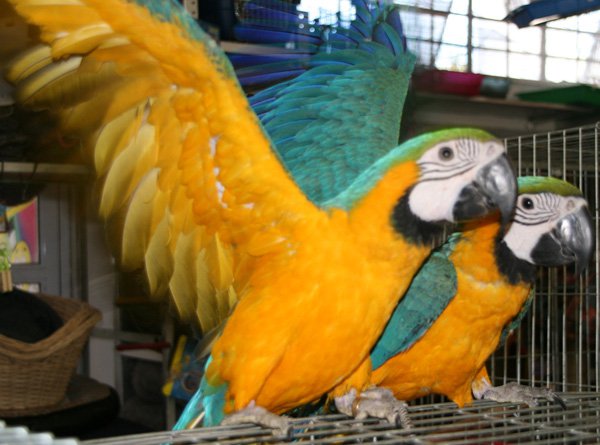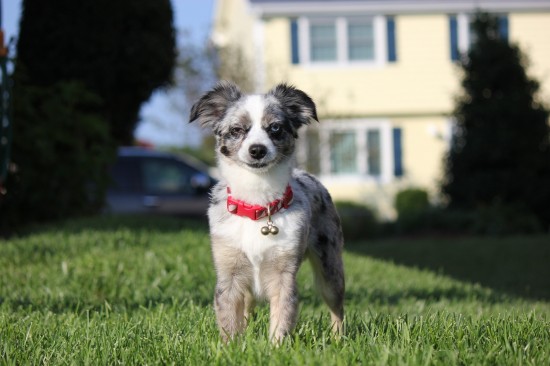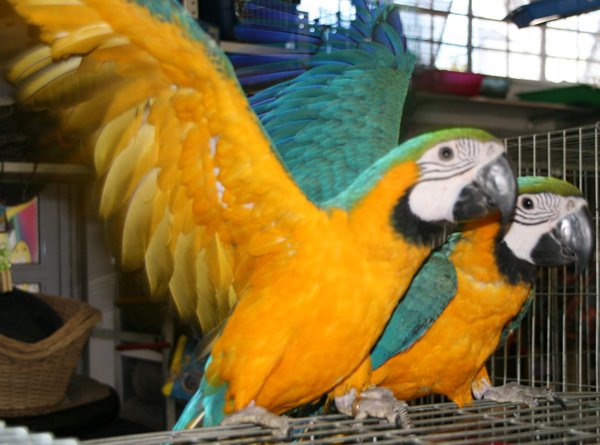In the beginning, there was dirt. Cats roamed freely, scratching a "cat
hole" wherever they pleased, then covering their business to avoid
detection by predators.
Then cats moved indoors, and it was people who decided where they
should do their digging and dumping, and what they should do that
digging and dumping in. In 1948, a dealer in industrial absorbents gave his neighbor
some absorbent clay material for use in her cat's litterbox. The commercial cat litter industry was born.
In the beginning, there was dirt. Cats roamed freely, scratching a "cat hole" wherever they pleased, then covering their business to avoid detection by predators. The really lucky cats roamed near a house with children, where there was often a sandbox for the tykes to play in. This sand was the luxury dirt of the early days -- dirt that was easy to dig in, easy to scratch over, and easy to shake from the paws.
Then cats moved indoors, and it was people who decided where they should do their digging and dumping, and what they should do that digging and dumping in. The first litterboxes held the familiar dirt or sand. The cats were happy enough with the familiar materials, but people tended not to like the odor or mess. It just didn't absorb very well and had to be completely changed every day.
In 1948 Ed Lowe, a dealer in industrial absorbents gave his neighbor some absorbent clay material for use in her cat's litterbox. It worked much better than sand, and soon more people wanted to try it. Lowe developed and refined the product, selling it as Kitty Litter, a brand name that has become a generic reference to any cat litter. The commercial cat litter industry was born.
Clay Cat Litter
Clay litters have been the standard for many years. They are very absorbent and offer moderate odor control. Clumping types form a consolidated mass when wet, and are easily scooped out of the box for disposal, leaving the remaining litter for further use. Some people worry that clumping litters could cause digestive problems if a cat, especially a kitten, were to ingest it, as the particles would swell and form a mass in the digestive tract.
Clay cat litters are heavy and can be dusty. Disposal of the used litter can be a problem. Most people just bag it up and send it out with the trash, but that adds tons of material to already over-stressed landfills each year. Criticisms of clay litters are that it is a strip-mined product, and that it contains silica dust, which is treated as a carcinogen in California.
Crystal Cat Litter
The new kid on the cat litter block is silica gel crystals, made from silicon dioxide sand. Crystal litter is very lightweight, highly absorbent, and dust-free. It's more expensive than other litters, but it can last a long time; with a daily stirring to expose more of the porous granules to the urine, it can soak up wetness for up to a month before needing to be replaced.
Crystal litters control odors well, but do not form good clumps. Many cats don't like the texture of crystal cat litter, and owners worry that as a super-absorbent, it could be a health hazard if ingested. And again, disposal of the used crystals comes down to the landfill.
Biodegradable Cat Litter
The problems of clay and crystal cat litters are overcome with natural, biodegradable cat litters. The natural litters control odors well and are non-toxic, absorbent, and mostly dust-free. Best of all, the degradable nature of natural litters means they can be composted in the backyard to produce a soil enrichment for ornamental plants in the landscape. If space for composting isn't available, these cat litters are safe to flush into the septic system, so there is no disposal issue. This is a type of cat litter that won't stack up in the landfill.
Biodegradable litters are made from renewable plant resources, such as grain, wood, or paper, usually recycled or produced from a by-product of other plant uses. They are completely safe for both cats and humans.
Cat litter has come nearly full-circle, from the original dirt in the backyard to the latest biodegradable litters that decompose back into the earth. It's the best of both worlds, and the environmentally conscious cat will want to use green cat litter to keep the world the best it can be.

 Recalled Foods Are Not Safe For Pet Consumption
Recalled Foods Are Not Safe For Pet Consumption
Recalled Foods Are Not Safe For Pet Consumption
Recalled Foods Are Not Safe For Pet Consumption
 Why Might Your Dog Suddenly Begin To Display Personality Changes?
Why Might Your Do
Why Might Your Dog Suddenly Begin To Display Personality Changes?
Why Might Your Do
 Canine Rehoming And Its Failure Rate
Canine Rehoming A
Canine Rehoming And Its Failure Rate
Canine Rehoming A
 Why Pets Sometimes Are Mistreated And Die Prematurely
Why Pets Sometimes Are Mistreated And Die Prematurely
Why Pets Sometimes Are Mistreated And Die Prematurely
Why Pets Sometimes Are Mistreated And Die Prematurely
 The Belgium Malinois And Epilepsy
The Belgium Malin
The Belgium Malinois And Epilepsy
The Belgium Malin